Here is a high-level breakdown of each stage; more details are addressed in the quiz.
Stage 1: Ad-hoc
Things are done haphazardly. As far as business needs are concerned:
This leads to decision-making having no specific process when selecting a solution. The hope is that someone internal will do the work to improve things, but it's not their primary job. When asked for improvements, leadership is not interested or resistant to improving the employee experience because they too busy operationally.
From people and culture, employees are provided resources as they need them, performance reviews are inconsistent, and no formal talent acquisition, retention, or training processes exist.
As far as internal communications go, various email announcements are sent to all employees as needed, and no specific resources are dedicated to internal communication.
The technology mainly consists of file storage and management software and some essential work tools (email, messaging and job-specific applications). There is some form of basic tech support & helpdesk and no formal IT department.
Stage 2: Emergent
Initial processes emerge, but still, much of the work is done manually.
Business needs are often shaped by:
Leaders asking and taking steps to improve Employee Experience
Goals are socialized but not written
The requirements will solve the needs of one specific department or a team
This often results in some people being interested in making improvements, but the issue is not broadly understood. Decisions are made in silos, where a manager from any department can make a decision alone; as a result, there is no clear understanding of who from which department will do the work.
As far as culture is concerned, employees have access to track performance, and some initial documented policies and procedures exist. HR starts to manage talent acquisition and retention for key resources.
With a growing focus on employee needs, some people are assigned to internal communication, but it's not their primary job. A regular employee newsletter sent to all employees is the primary vehicle for all company communication.
IT now has a dedicated IT Manager basic tools an ad-hoc organization has. In some cases, SharePoint sites are starting to be used primarily for document management and for collaboration.
Stage 3: Structured
Processes are implemented for key parts of the business. Strategy starts to shape how the organization works, and the business begins to see that:
Critical improvements to Employee Experience are needed and underway
Goals are high-level and written
The requirements will solve the needs of several departments or teams, not just a siloed team
Decisions are more streamlined; for example, IT starts to work with the department(s) to make a decision that will benefit the longer-term strategy. Organization starts hiring people to implement the strategy. HR teams add employee self-evaluation and career growth programs.
Some leaders view improving employee experience as a strategic priority, but some skeptical leaders aren't convinced.
A regular employee newsletter is sent to all employees, and in more advanced cases, when the intranet is available, Internal Communication is posted on the intranet. Someone specif is assigned to internal communication, and it's their primary job.
IT plays a big role in organizational transformation. HR systems for performance and career management are being implemented. Remote access becomes available. Company Intranet is being implemented, and senior IT leadership is established.
Stage 4: Evolving
Processes are measured and maintained to ensure repeatability and efficiency. This stage is not something you achieve once and keep, consistent work is required to keep it, and business knows it.
Business needs become focused on:
Digital Employee Experience being consistently revisited and improved
Goals are specific and written
The requirements will solve the needs of the entire organization
The decisions become focused on the long term, so often, a business case is prepared and reviewed by executives who make a decision. Company leaders at the highest level view improving employee experience as a strategic priority. The organization understands that all that is not possible to achieve in-house alone, so external consultants work with internal resources to do the work.
HR is focused on establishing Learning & Development, Diversity, Equity and Inclusion programs.
To manage all of the initiatives efficiently, information is posted on the intranet, employees actively post comments on a company intranet, and a dedicated internal communications team is involved.
To support the initiatives, IT implements a learning management system. In larger organizations, internal Development or Engineering team is established. In more distributed workforce environments where many applications are involved, Enterprise Architects become part of the IT team.
What does it all mean?
Projects can fail or partially fail due to misaligned business and technology needs. Digital Employee Experience projects, like an intranet implementation, are no exception.
Take a quiz above to get an assessment on which stage you’re at and recommended steps to what kind of Digital Employee Experience is best suited for your needs.
Even if you’re clear which stage your organization is at and what it needs to evolve, have others self-assess where they think the organization is at. This will provide clarity to your team and set your project for success.
We offer a variety of consulting projects to help you assess and improve your Digital Workplace Experience. To speak with an expert book a free consultation.




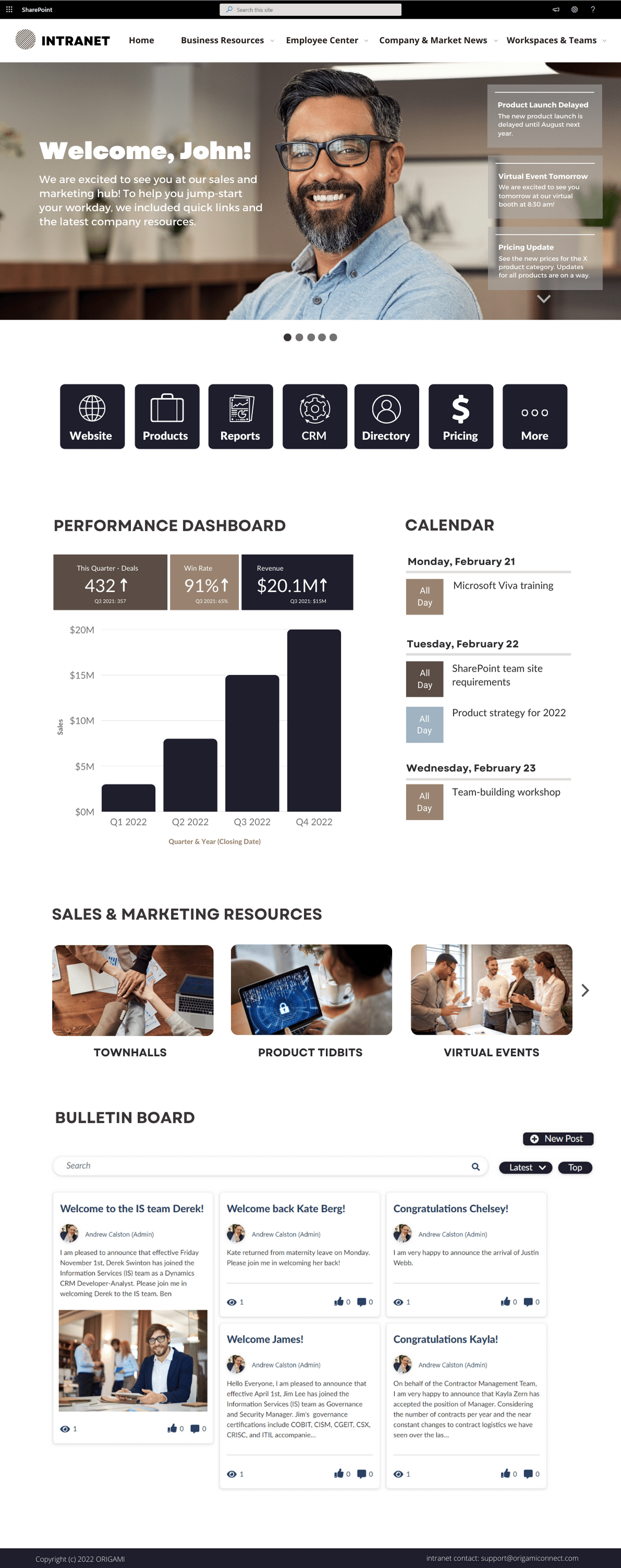





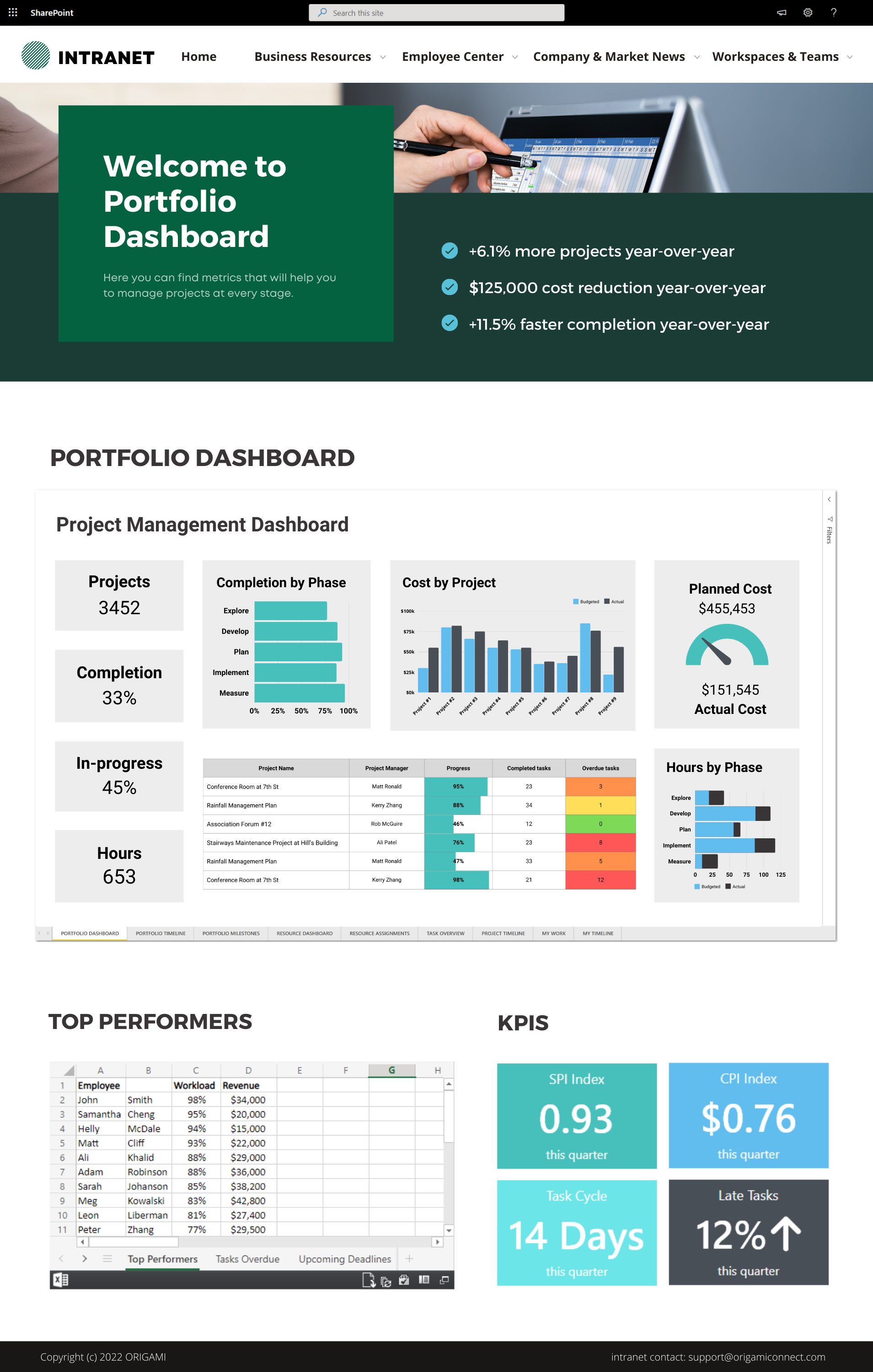




















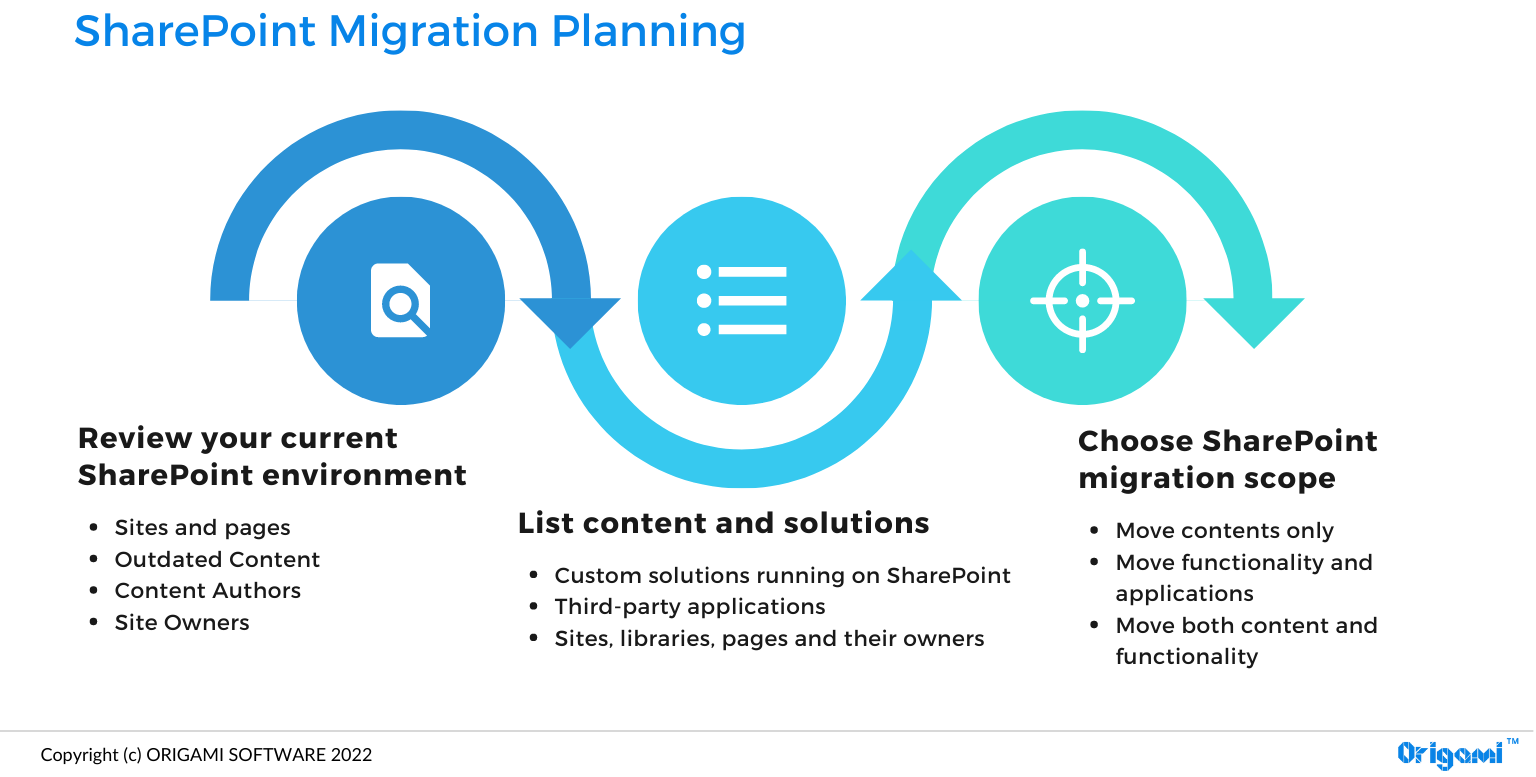
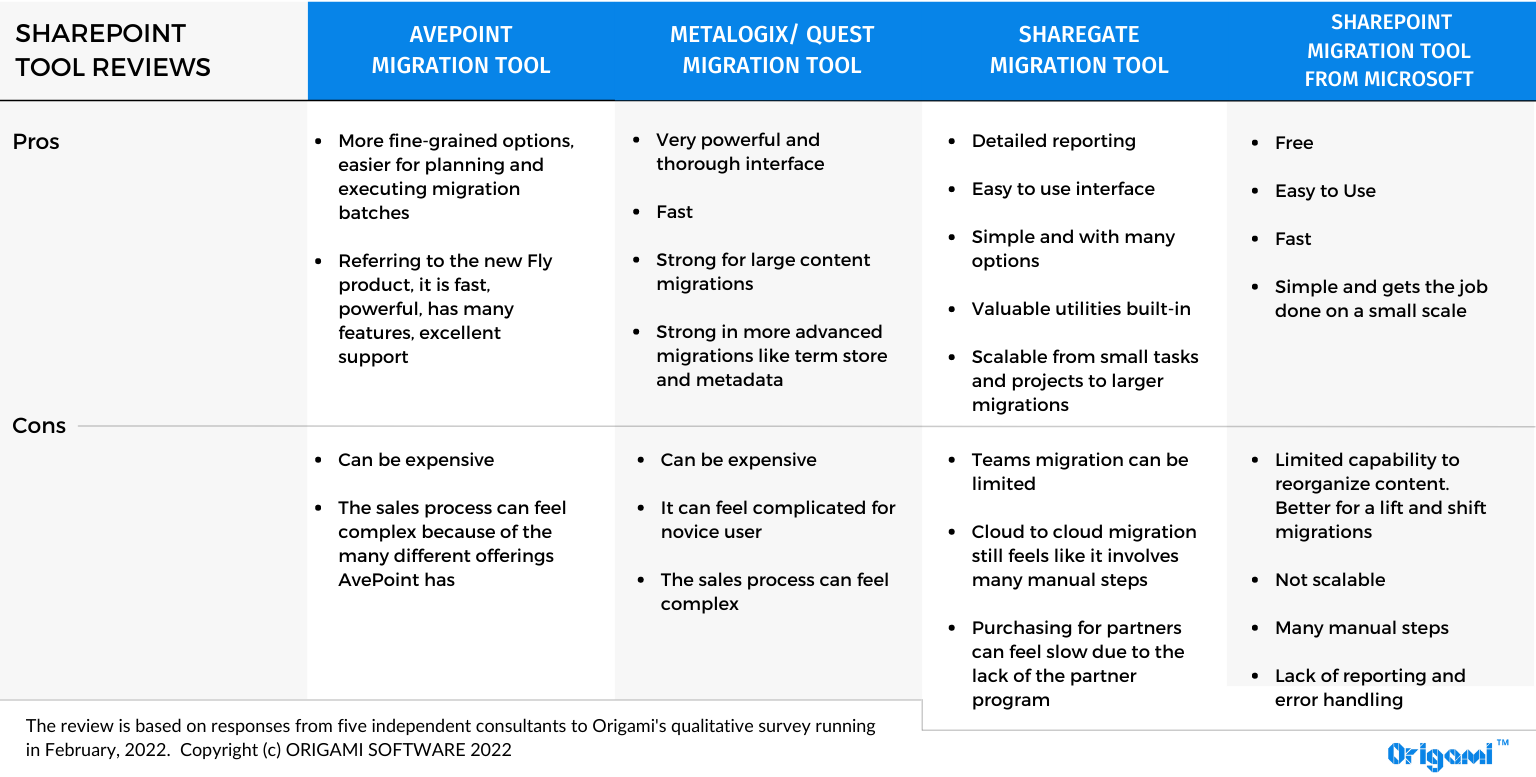






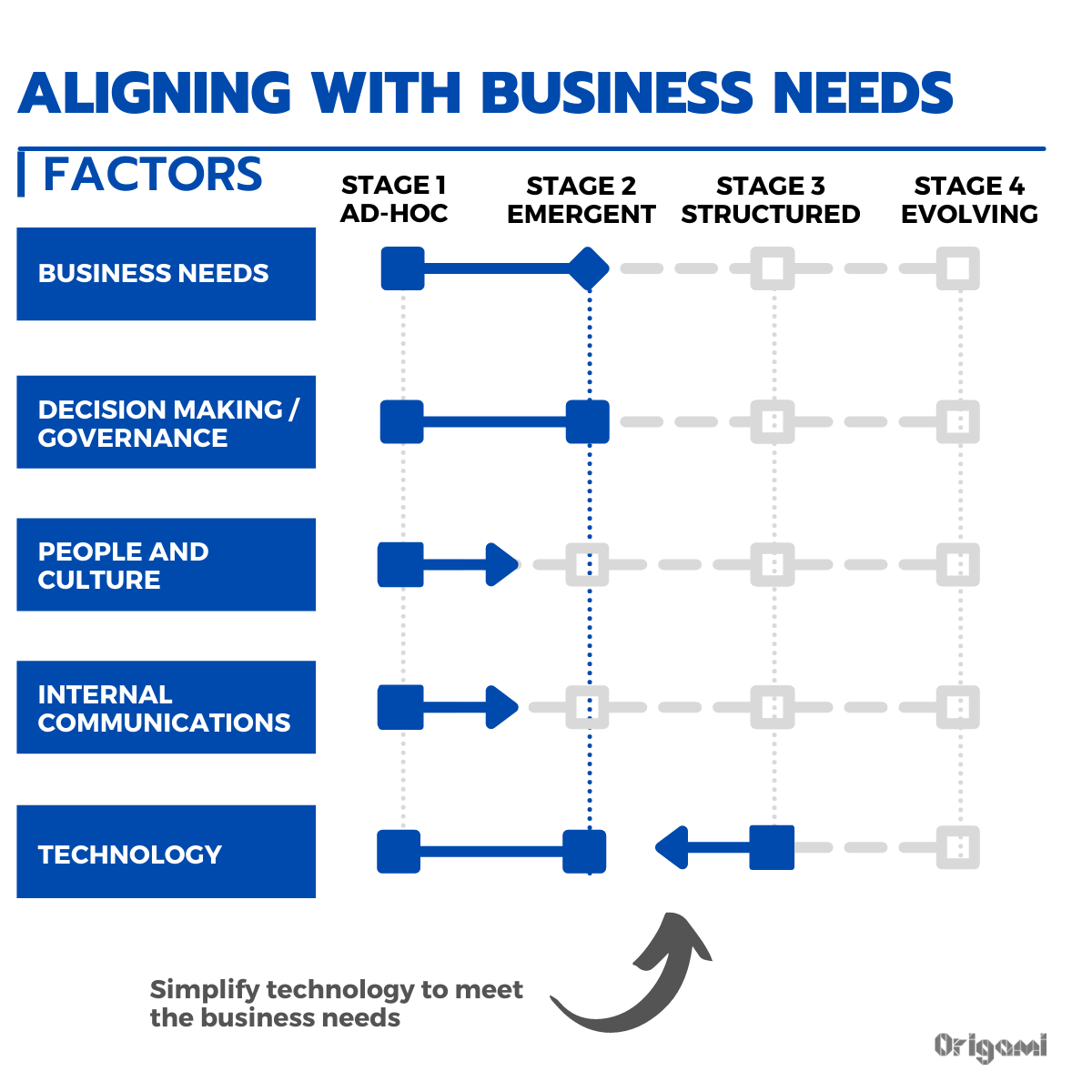


Ready to take your SharePoint design into 2025? In this post, I’ll share 20 SharePoint design tips and best practices to make your SharePoint pages stand out and look like a stunning modern website!